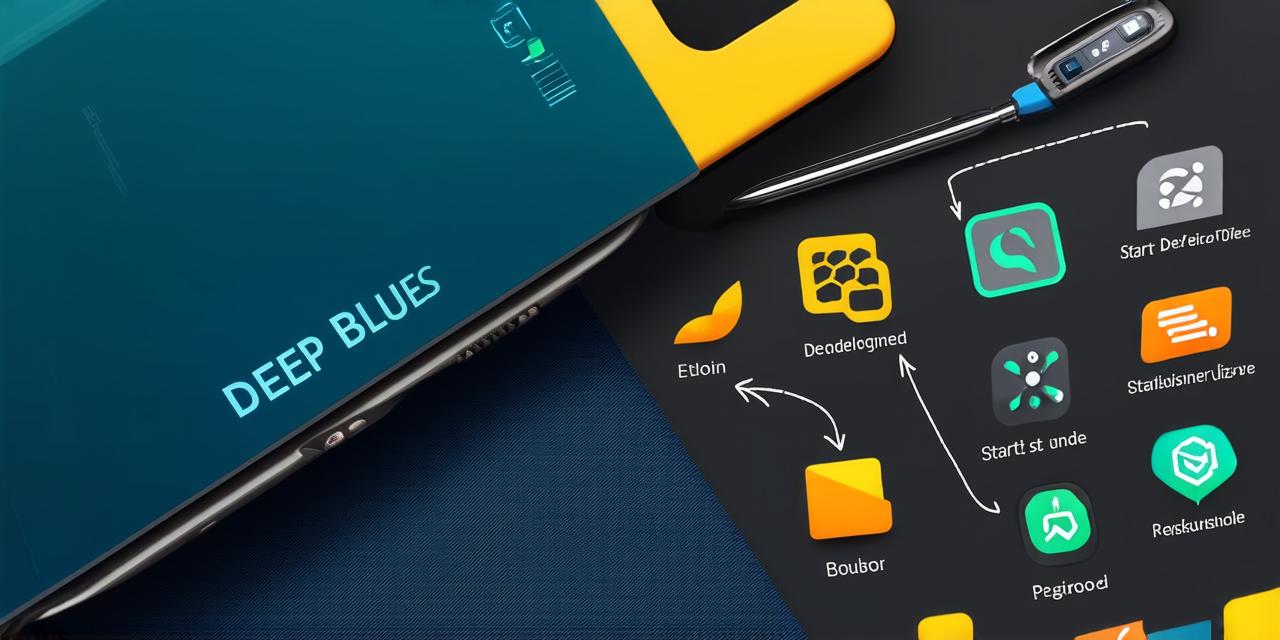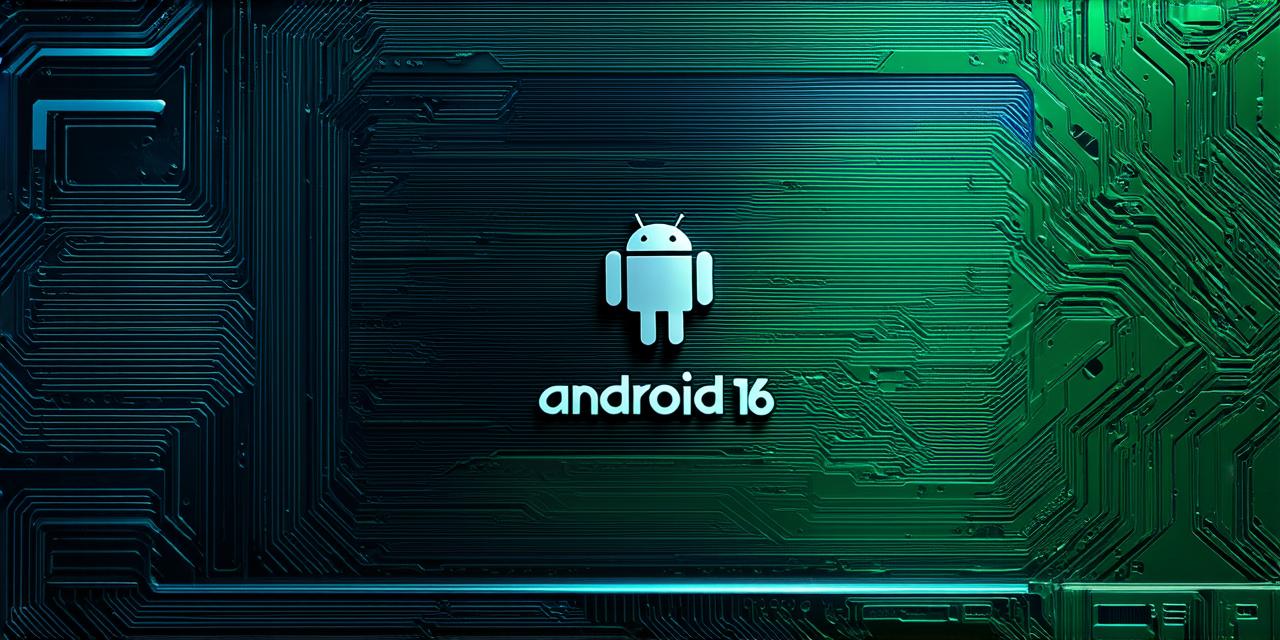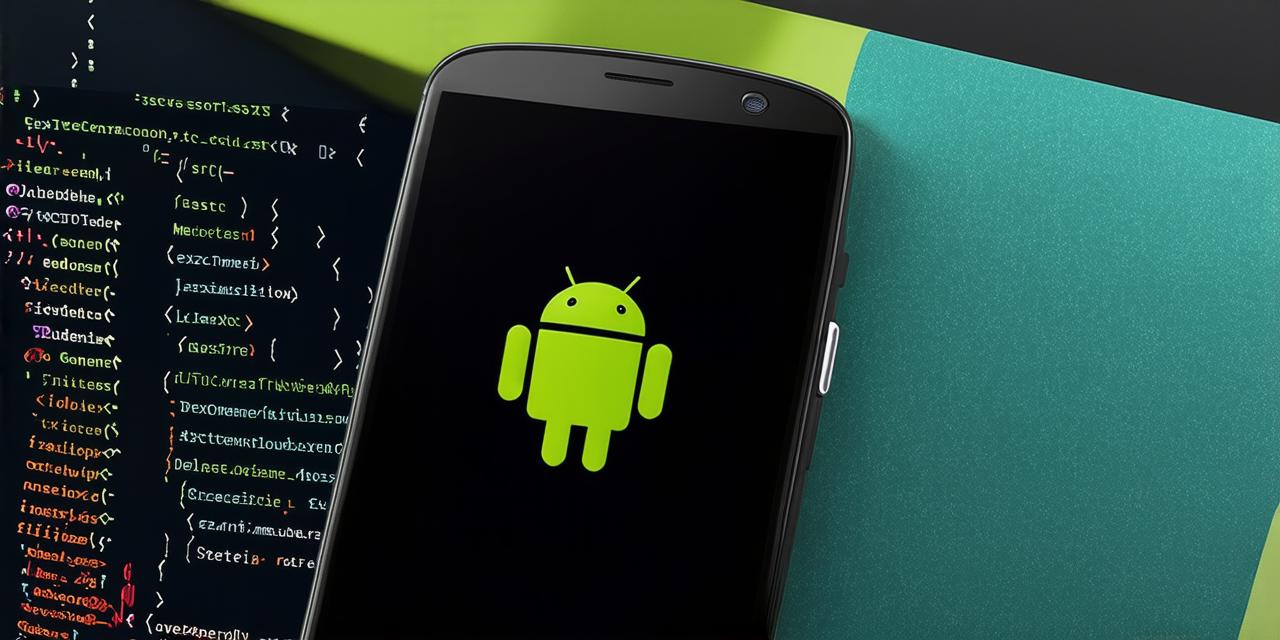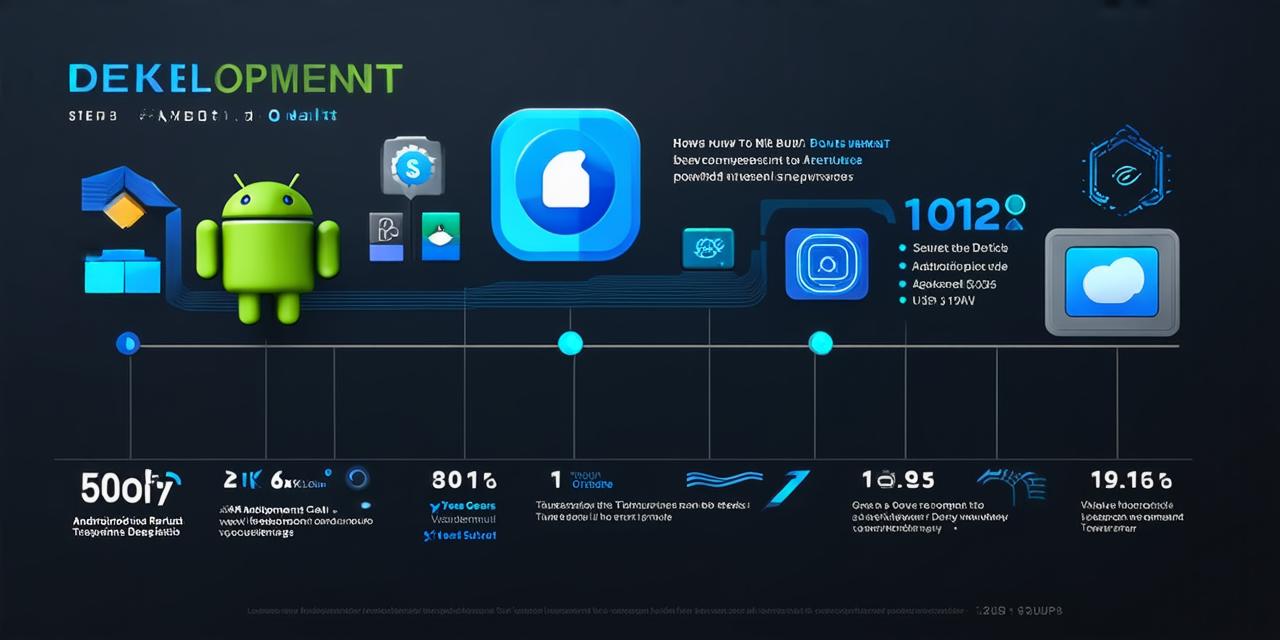If you are an aspiring game developer, you may be wondering how to get started with Android app development. Look no further! In this beginner’s guide, we will walk you through the process of developing a game for Android using the Unity engine and the Android Studio Integrated Development Environment (IDE). We will cover everything from setting up your development environment to publishing your game on the Google Play Store.
Before diving into Android app development, there are a few prerequisites you should be aware of:
- Basic programming skills: While Android app development does not require advanced programming skills, it does require some basic knowledge of programming concepts such as variables, data types, loops, and conditional statements. If you are new to programming, we recommend taking an online course or tutorial to get up to speed.
- A computer with the necessary software: To develop Android apps, you will need a computer running Windows, macOS, or Linux. You will also need to install the following software:
- Android Studio: The official IDE for Android app development. It comes pre-installed with the Unity engine.
* Java Development Kit (JDK): This is the software environment used to develop Android apps in Java.
- Android Software Development Kit (SDK): This contains the tools and libraries needed to develop Android apps.
- Android Studio: The official IDE for Android app development. It comes pre-installed with the Unity engine.
- A smartphone or tablet running Android: To test your app on a physical device, you will need a smartphone or tablet running Android.
Getting Started with Unity
Unity is one of the most popular game engines used for developing Android games. It is a cross-platform engine that allows you to create games for multiple platforms, including Android, iOS, and Windows. Here are the steps to get started with Unity:
- Download and install Unity: Go to the Unity website (https://unity.com/) and download the latest version of Unity. Follow the installation instructions to set it up on your computer.
- Create a new project: Once you have installed Unity, open it up and create a new project. Choose the "2D" template and give your project a name.
- Design your game: Use Unity’s built-in tools to design your game. This includes creating levels, adding assets such as characters and backgrounds, and setting up game logic.
- Export your game for Android: Once you have finished designing your game, you can export it for Android by selecting "Android" from the build menu and following the prompts. Unity will generate an Android project file that you can open in Android Studio.
Getting Started with Android Studio
Android Studio is the official IDE for Android app development. It comes pre-installed with the Unity engine, so if you are using Unity to develop your game, you already have Android Studio set up. Here are the steps to get started with Android Studio:
- Download and install Android Studio: Go to the Android Developer website (https://developer.android.com/studio/) and download the latest version of Android Studio. Follow the installation instructions to set it up on your computer.
- Create a new project: Once you have installed Android Studio, open it up and create a new project. Choose "Empty Activity" as the project template and give your project a name.
- Add dependencies: In order to develop an Android app, you will need to add dependencies to your project. Dependencies are libraries or frameworks that provide additional functionality to your app. Android Studio has a built-in dependency manager called Gradle that allows you to easily manage dependencies. To add a dependency, go to the "build.gradle" file in your project and add the following code:
sqldependencies {
implementation ‘com.android.support:support-v4:28.0.0’
}
This adds the support library for version 28.0.0 to your project. You can find a list of available dependencies on the Android Developer website.
- Write code: Now that you have set up your project, it’s time to start writing code. Android Studio has a built-in code editor that allows you to write Java and Kotlin code. To get started, go to the "activity_main.java" file in your project and replace its contents with the following code:
typescriptpackage com.example;
import androidx.appcompat.app.AppCompatActivity;
import android.os.Bundle;
import android.view.View;
import android.widget.Button;
public class MainActivity extends AppCompatActivity {
@Override
protected void onCreate(Bundle savedInstanceState) {
super.onCreate(savedInstanceState);setContentView(R.layout.activity_main);
Button button findViewById(R.id.button);
button.setOnClickListener(new View.OnClickListener() {
@Override public void onClick(View v) { // Your code here } });}
}
This code sets up a button in your app and listens for clicks on it. You can replace the "// Your code here" comment with your own code to define what happens when the button is clicked.
Case: 2
Rules:
- Do not add comments or descriptions of your own, like “”, “” or “Note: …”!
- Do not change the content of the article; the text must remain unchanged!
- Be careful and don’t lose anything from the original article text.
- Avoid adding unnecessary tags such as , , h1, main, html, head, header, body, and footer.
- Do not insert images.
- Do not use links.
- Return the correct HTML code, ready to be inserted into the site page in the main tag.



